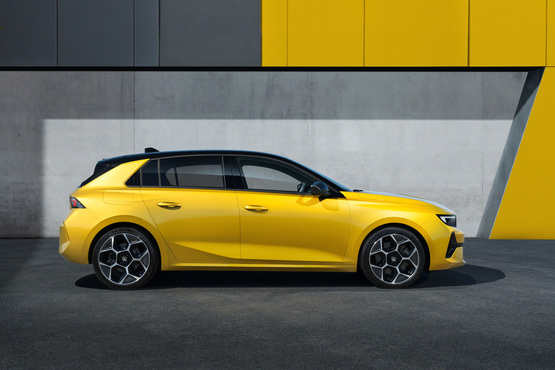UK used car sales are expected to increase by 5% year-on-year in 2024, but Auto Trader has warned this rise will be accompanied by “unprecendented shift in used car supply dynamics”.
Auto Trader’s current projections expect a used car market of 7.6 million units in 2024, which is an additional 350,000.
This will be underpinned by continued strong levels of consumer demand, which in June saw the biggest rise on the classifieds giant’s platform in 15 months, while July to date is up 4% year-on-year.
The rise is despite challenging market conditions, which has seen a 16% drop in stock levels for one to five year old vehicles, which have historically been the biggest focus point for franchised dealer used car operations.
Used supply will never be the same again
The number of sub-five-year-old cars on the road by the end of 2024 set to be at their lowest since 1995, current supply complexities are set to deepen.
Highlighting the huge impact the shortfall of new cars built and sold over the course of the pandemic has had on stock flow, this year there will be 28% fewer cars under five years old in the parc compared to 2019.
Looking at the data at a more granular level reveals that the scale of the loss has not been spread equally across all manufacturers, with three main factors impacting volumes.
Firstly, in the two main periods of disruption in factory production, some brands were better insulated from plant closures and parts shortages, which enabled them to resume or maintain production faster than others.
Next, there are some brands for which sales volumes were already in decline, a trend accelerated by the pandemic’s supply issues and volume has not recovered to previous levels.
Vauxhall, Ford and Mercedes-Benz used car supply warning
Indeed, some brands will have around half the number of sub-five-year-old cars on the road by the end of 2024, including Vauxhall, Ford, and Mercedes-Benz, which will have 56% (560,000 cars), 54% (730,000), and 42% (310,000) fewer cars of that age cohort in the parc respectively.
Finally, a much smaller handful have seen volumes of this age cohort increase over the period due to more sales: 2024 will close with seven times more sub-five-year-old MGs and Teslas on the road compared to 2019, and 9% more Kias.
This disruption in stock dynamics will have ranging implications for retailers, not least the need to source older vehicles (requiring more preparation), as well as increased competition for stock.
In 2019 5–10-year-old cars accounted for just 13% of a franchise retailers’ forecourt; today it’s nearly a quarter (22%).
For supermarkets, the shift is even more profound, rising from around just one in 10, to nearly a third.
More EVs entering the used car parc
Compounding the challenge is the growing number of electric vehicles entering the parc.
By the end of this year, Auto Trader estimates around 4% of the cars on the road will be an EV, compared to 88% ICE.
As a result, there will never be more sub-five-year-old petrol or diesel cars on the road than there are today, with the returning supply increasingly electric.
By 2028 around 33% of all under five-year-old used cars in the parc will be electric, up from around 15% by the end of 2024.
Inevitably within this trend, some brands are also electrifying faster than others.
In the coming years both retailers and car buyers will be presented with a very different set of vehicles, all of which means supply will never be the same again and retailers will need to adapt.
Marc Palmer, head of strategy & insights, explained: “2024 has had its challenges, but overall, it’s performed well, and based on the current trajectory our outlook for the rest of the year remains positive.
“However, the heavily nuanced market retailers have had to manage over the last few years is only set to intensify, as the combination of supply constraints, more electric cars, and a changing brand landscape mean the parc will soon look very different.
“With such a dramatic change in forecourt dynamics, sourcing, pricing and selling cars are going to require a blend of both instincts and insights to navigate the market ahead.”
Palmer advised retailers to review their mix by marque, age and fuel type, to assess whether the increasing electrification and changing brand landscapes will result in disruption to their business.
He added that retailers should use data to identify opportunities to determine whether now is the time to start adjusting their stock mix to insulate their business from future supply challenges.
Auto Trader has published an interactive analysis on the future of the car parc, including a full breakdown by fuel-type, age cohort, and brand.

